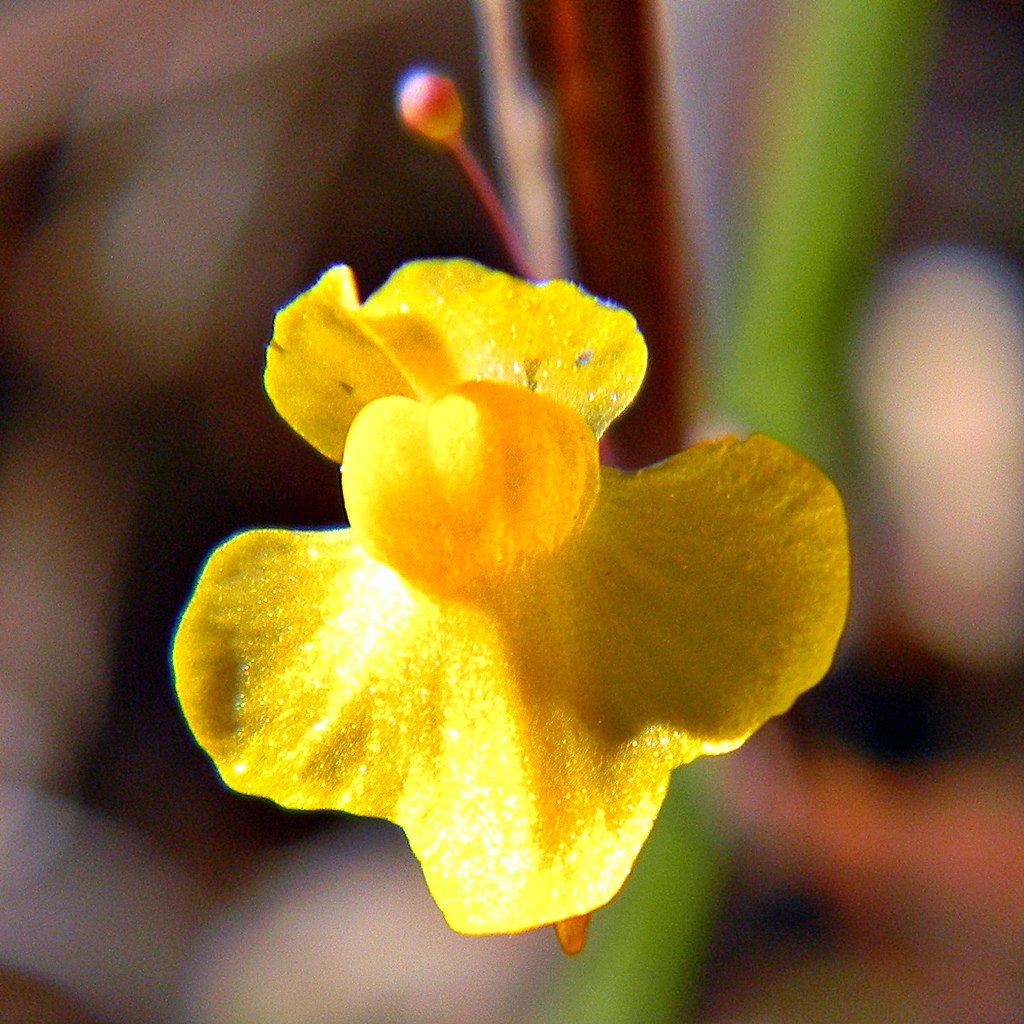Common Bladderwort
(Utricularia vulgaris)

Description
Utricularia vulgaris (greater bladderwort or common bladderwort) is an aquatic species of bladderwort found in Asia and Europe. The plant is a free-floating and does not put down roots. Stems can attain lengths of over one metre in a single growing season, but die back and form turions in winter. The leaves are finely pinnately divided, between one and eight centimetres long and carry many bladder-like traps. The yellow flowers are borne on stalks above the surface of the water between April and August. In eastern Asia and North America, its place is taken by the related species U. macrorhiza. The main part of a bladderwort plant always lies beneath the surface of its substrate. Terrestrial species sometimes produce a few photosynthetic leaf-shoots which lie unobtrusively flat against the surface of their soil, and in almost all species only the flowering stems rise above and are prominent. This means that the terrestrial species are generally visible only while they are in flower, although aquatic species can be observed below the surfaces of ponds and streams.
Taxonomic tree:







